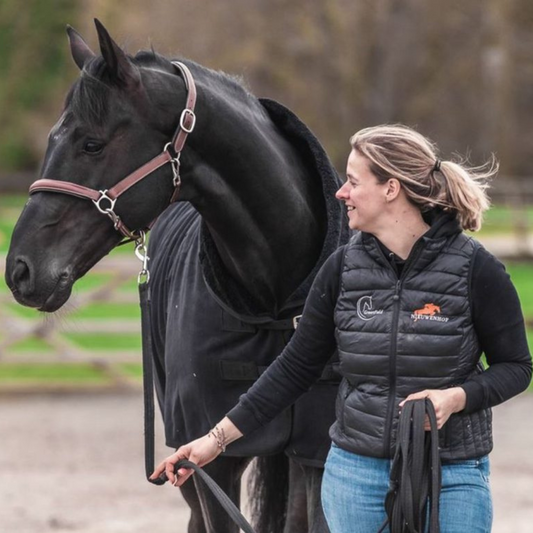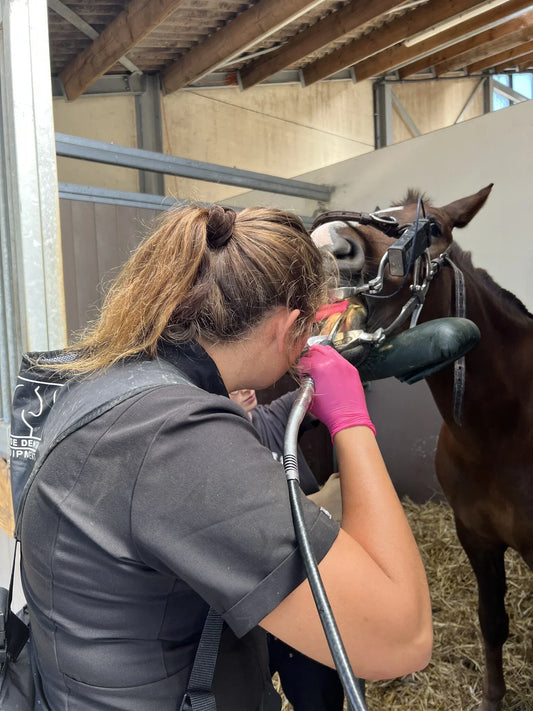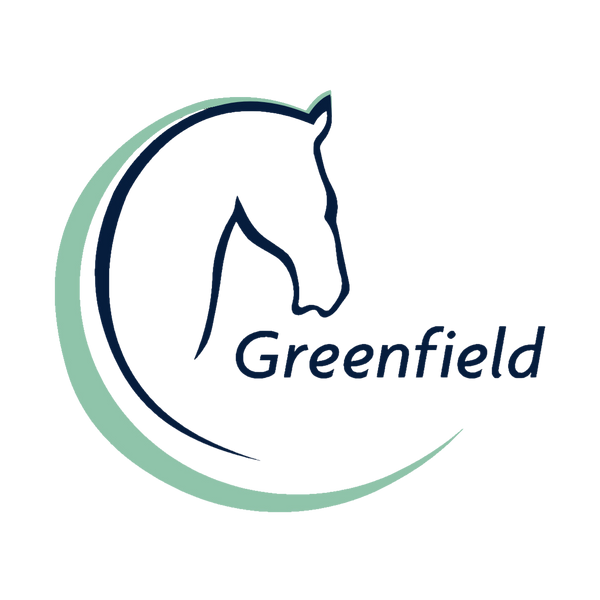News

Keep Your Horse Comfortably Warm with These Bla...
If you find it difficult to choose the right blanket for your horse, you can definitely learn a thing or two from Sanne, the competition groom for show jumper Gilles...
Keep Your Horse Comfortably Warm with These Bla...
If you find it difficult to choose the right blanket for your horse, you can definitely learn a thing or two from Sanne, the competition groom for show jumper Gilles...

Factory Sale
Our Annual Factory Sale is Coming Up... Here’s all the practical info at a glance: WHERE?Kapellestraat 13A, Ruiselede WHEN?Wednesday 9/10 → 10:00 - 22:00Thursday 10/10 → 10:00 - 18:00Friday 11/10...
Factory Sale
Our Annual Factory Sale is Coming Up... Here’s all the practical info at a glance: WHERE?Kapellestraat 13A, Ruiselede WHEN?Wednesday 9/10 → 10:00 - 22:00Thursday 10/10 → 10:00 - 18:00Friday 11/10...

Meet Greenfield France
Meet Inès and Her Team – The Face of Greenfield France In the equestrian world, Inès stands out as a dedicated and passionate professional. With her expertise and commitment,...
Meet Greenfield France
Meet Inès and Her Team – The Face of Greenfield France In the equestrian world, Inès stands out as a dedicated and passionate professional. With her expertise and commitment,...

Bezoek ons deze maand op jouw favoriete evenement!
Greenfield Selection is deze maand aanwezig op twee fantastische evenementen. Van 22 tot 28 april zijn we te vinden in Fontainebleau (FR) bij "Le printemps des sports équestres" en van...
Bezoek ons deze maand op jouw favoriete evenement!
Greenfield Selection is deze maand aanwezig op twee fantastische evenementen. Van 22 tot 28 april zijn we te vinden in Fontainebleau (FR) bij "Le printemps des sports équestres" en van...

Day of the (horse) dentist!
Today, on March 6th, we celebrate Dentist's Day. On this occasion, we must not forget to put our equine dentists in the spotlight. We had a conversation with Dorien...
Day of the (horse) dentist!
Today, on March 6th, we celebrate Dentist's Day. On this occasion, we must not forget to put our equine dentists in the spotlight. We had a conversation with Dorien...
